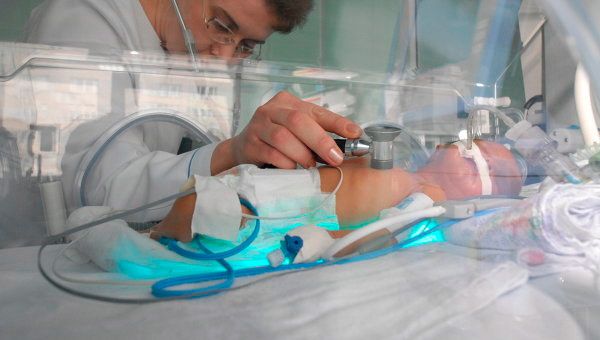New publications
The magnitude of deaths of women in labor and newborns is underestimated
Last reviewed: 02.07.2025

All iLive content is medically reviewed or fact checked to ensure as much factual accuracy as possible.
We have strict sourcing guidelines and only link to reputable media sites, academic research institutions and, whenever possible, medically peer reviewed studies. Note that the numbers in parentheses ([1], [2], etc.) are clickable links to these studies.
If you feel that any of our content is inaccurate, out-of-date, or otherwise questionable, please select it and press Ctrl + Enter.

For every pregnant woman, childbirth poses a potential danger, both for herself and for her future child. Every year, more than 300 thousand pregnant and parturient women die from various pathologies worldwide, about 3 million children die during the first weeks of life, more than 2.5 million women give birth to a stillborn child.
WHO experts note that most cases of stillbirths or deaths of children in the first weeks of life can be prevented by providing improved medical care to pregnant women, women in labor and newborns.
Stillbirths and neonatal deaths in the first weeks of life are often underreported, which is why health systems do not investigate deaths and countries have unreliable information on the number of infant deaths and causes of death. All this leads to the fact that it is impossible to develop sufficiently effective and timely measures to prevent new cases of death of newborns, mothers in labor, and stillbirths.
According to Ian Askew, head of the WHO reproductive health department, every case in a health facility, whether it is a stillbirth or a baby who died during the first weeks of life, should be registered, this will help to understand the cause and prevent most deaths in the future.
Investigation of maternal and infant deaths will help improve the quality of health care and address existing shortcomings and gaps in health services.
To date, WHO has prepared three publications that provide recommendations to countries on how to improve reporting systems for maternal, infant and stillbirth deaths.
The first publication provides a system for classifying infant deaths and stillbirths. This system should help to link the death of a child with health problems of the pregnant woman (hypertension, diabetes, etc.). It is worth noting that this system is the first that can be applied in any country in the world, regardless of income level.

In the second publication, WHO experts give recommendations on how to study individual cases of infant deaths to prevent similar cases in the future. As Anthony Costello, head of the WHO Department of Maternal and Child Health, noted, a thorough study of each infant death will help understand what measures should be taken in the future to save the lives of other newborns.
The third publication provides recommendations for health workers to improve the quality of medical care for pregnant women and women in labor. The experts also emphasized the importance of registering deaths that occur not only in medical institutions, but also outside them, for example, during home births.
Specially created committees should investigate cases of deaths of women in childbirth, which will help medical institutions avoid mistakes in the future and improve the quality of care provided, however, today such committees are fully operational in less than half of the countries.
It is worth noting that, according to official reports, the scale of mortality among women in labor and pregnancy is underestimated by 30% worldwide, and in some countries by up to 70%.

 [
[